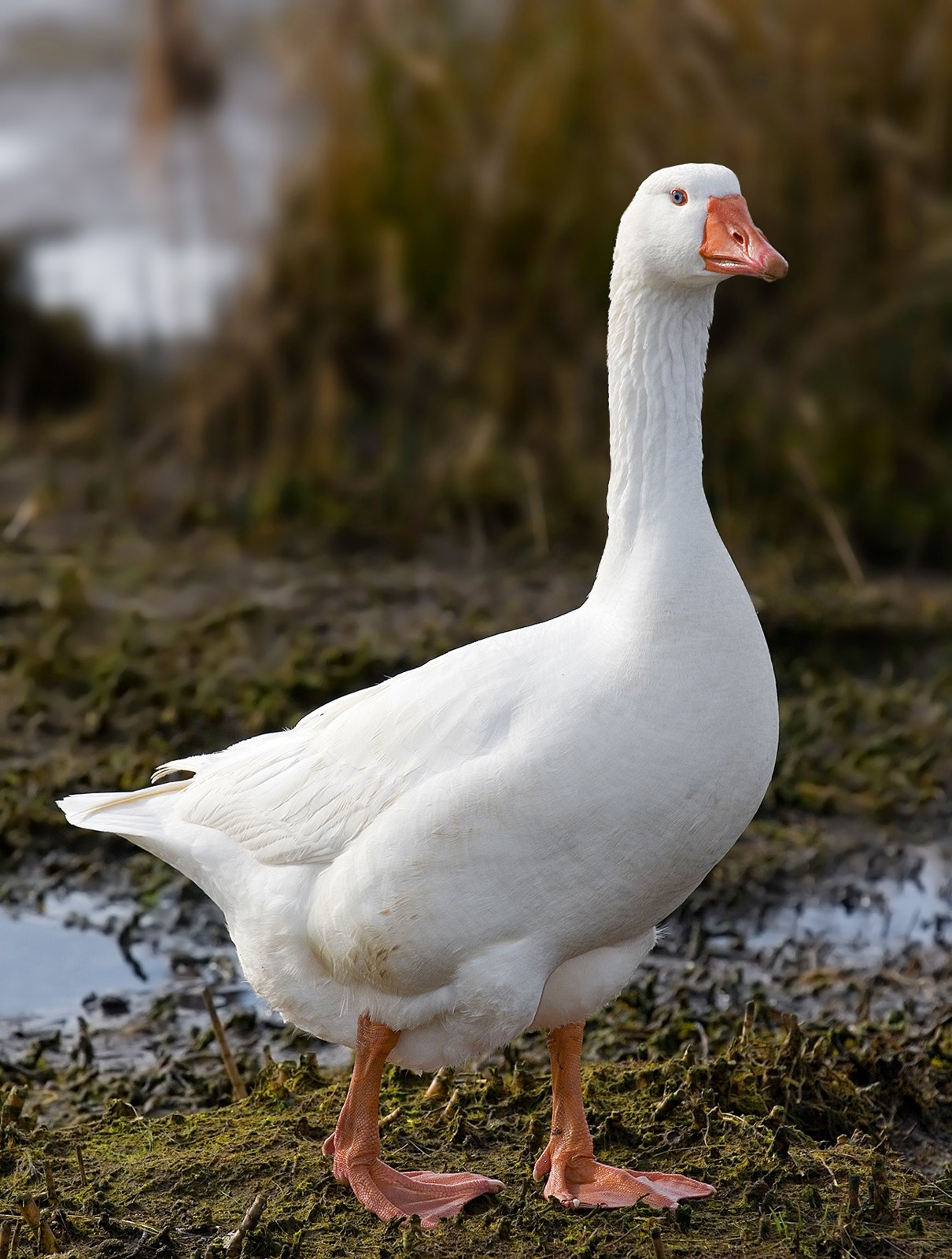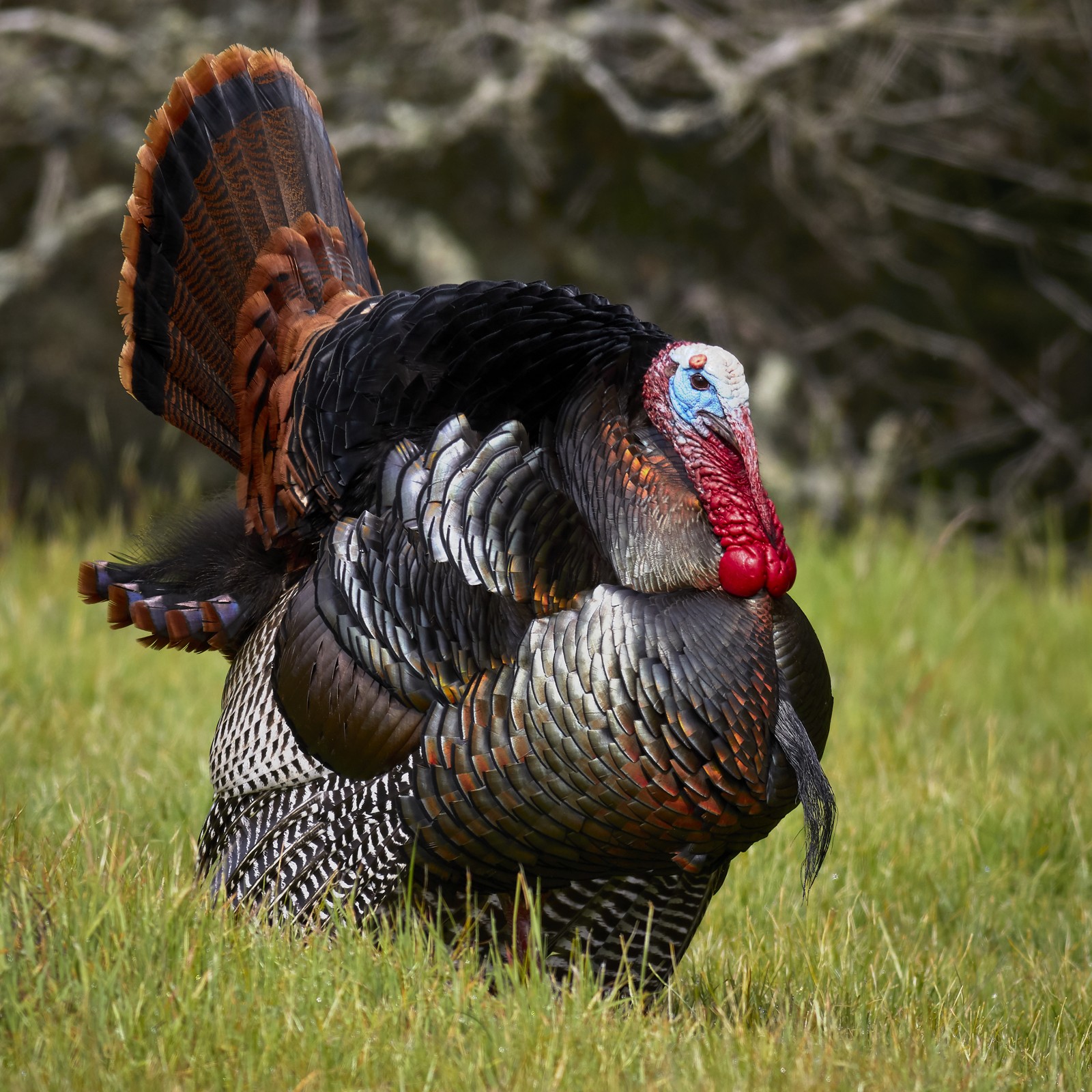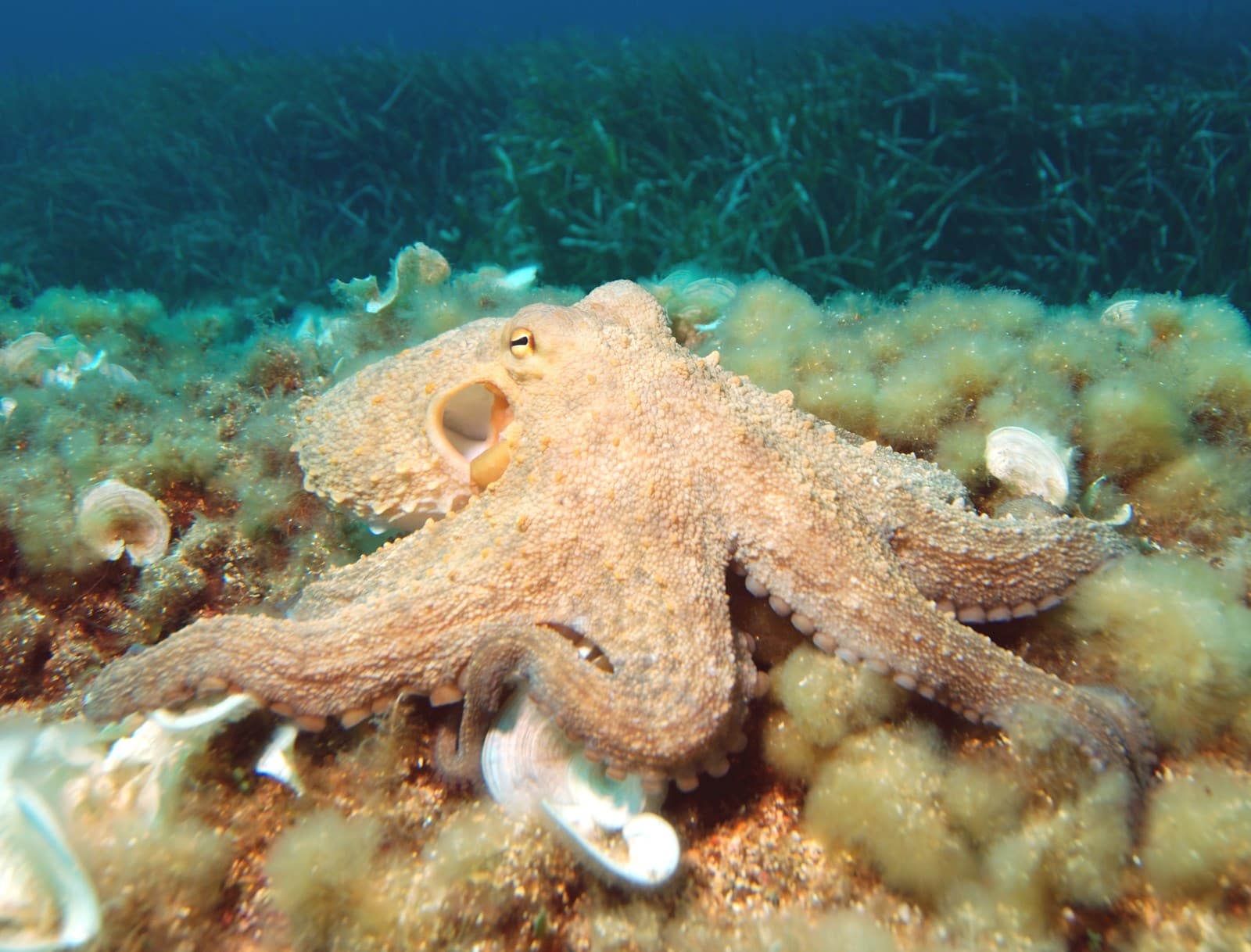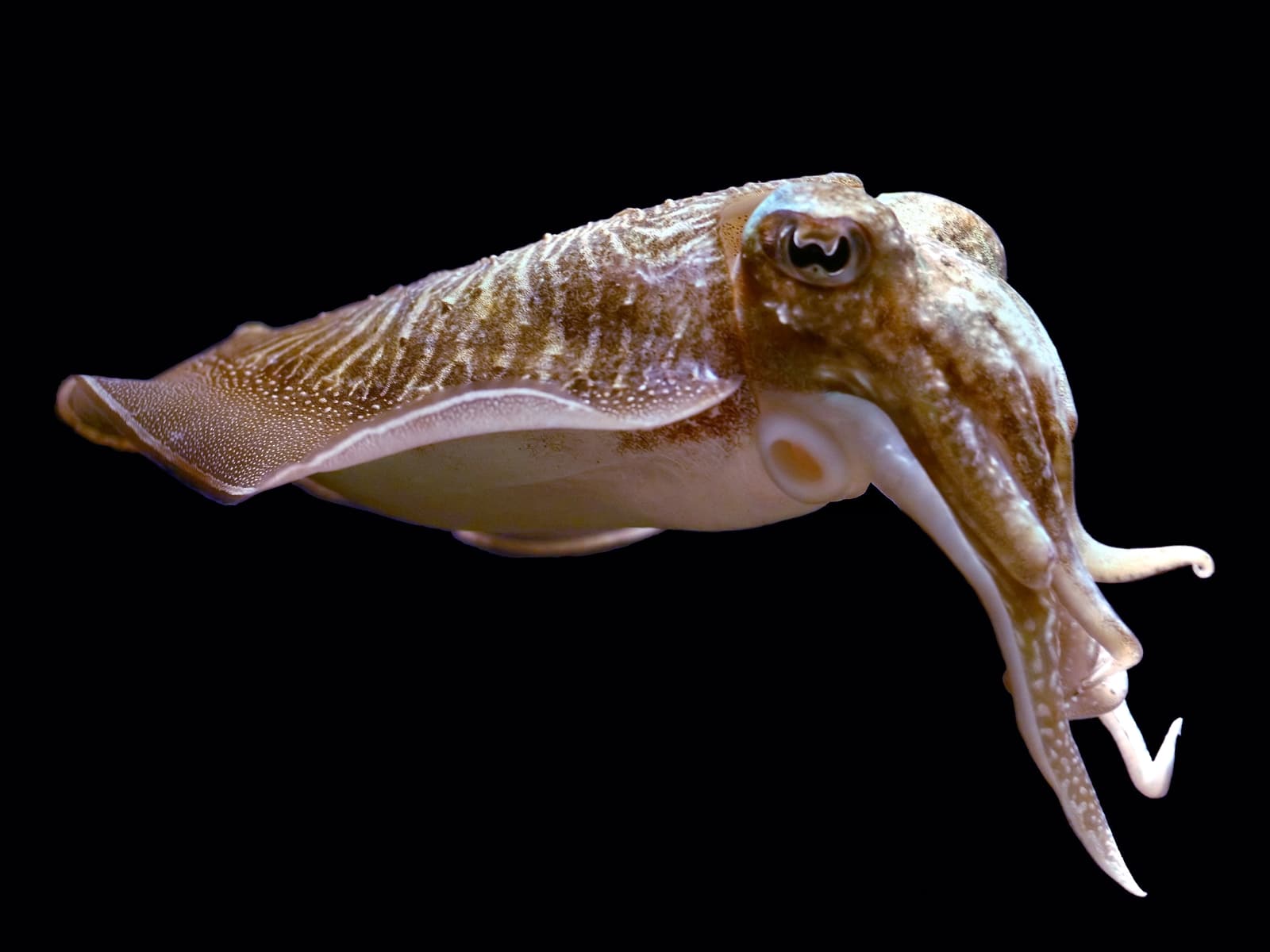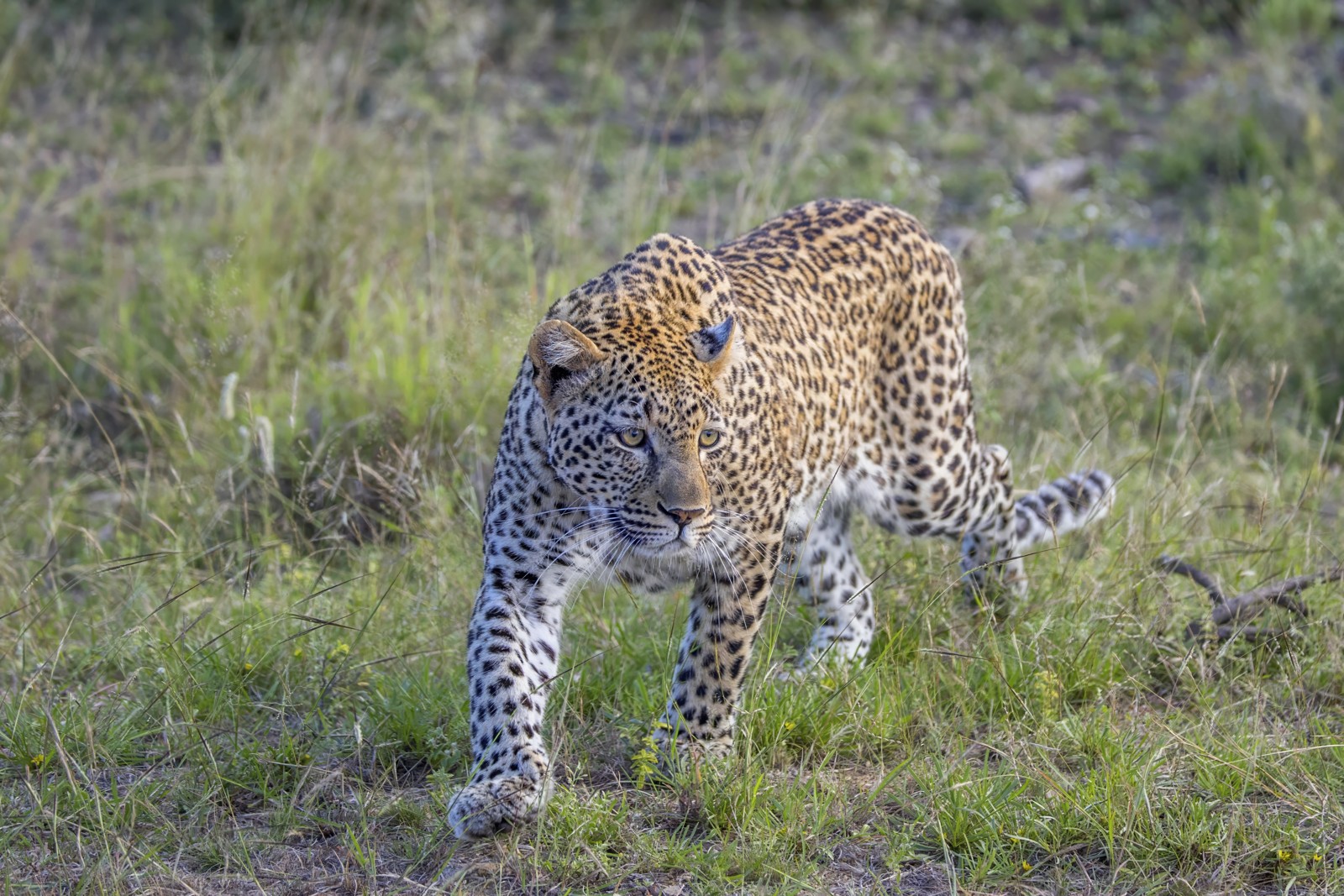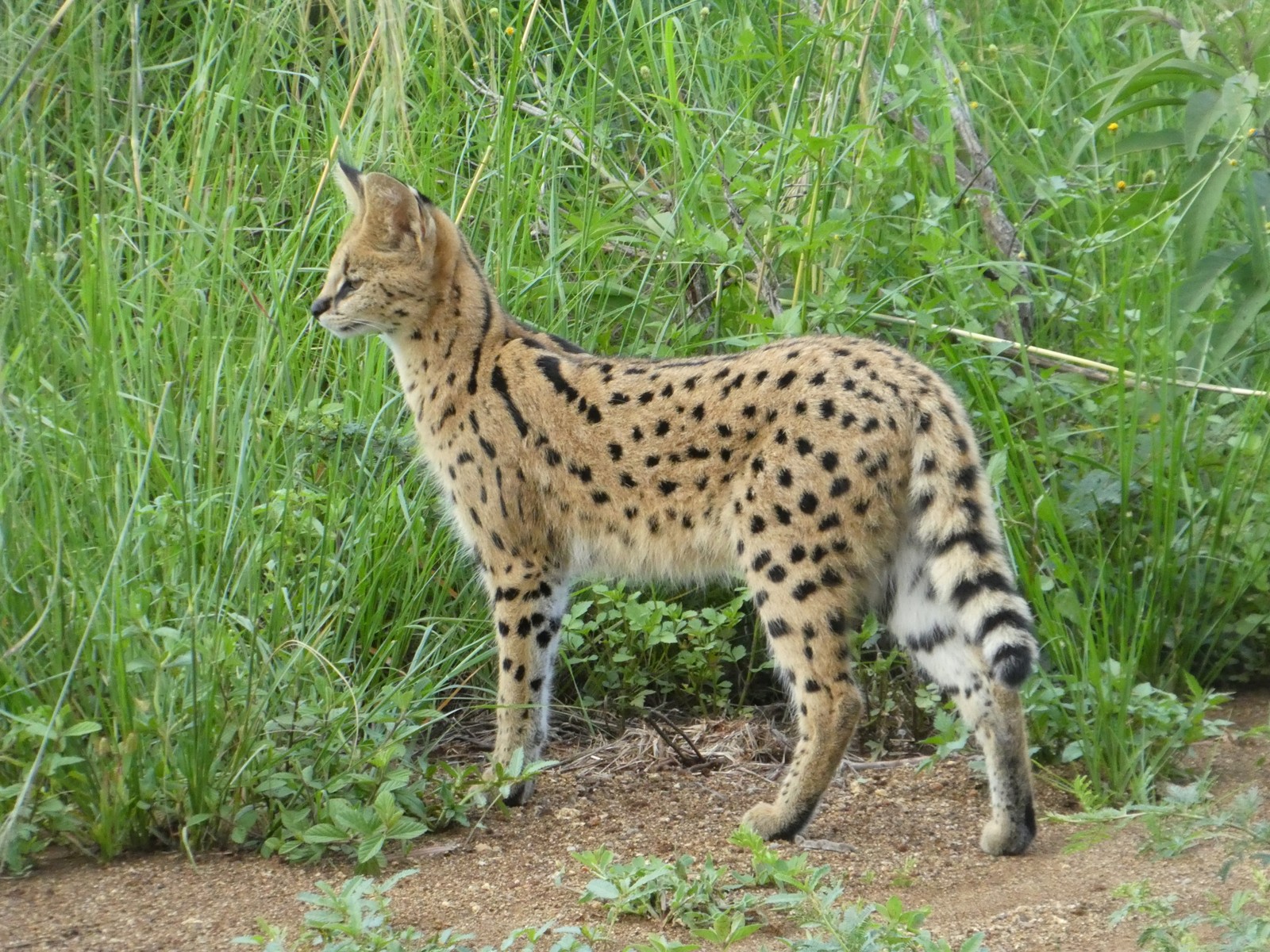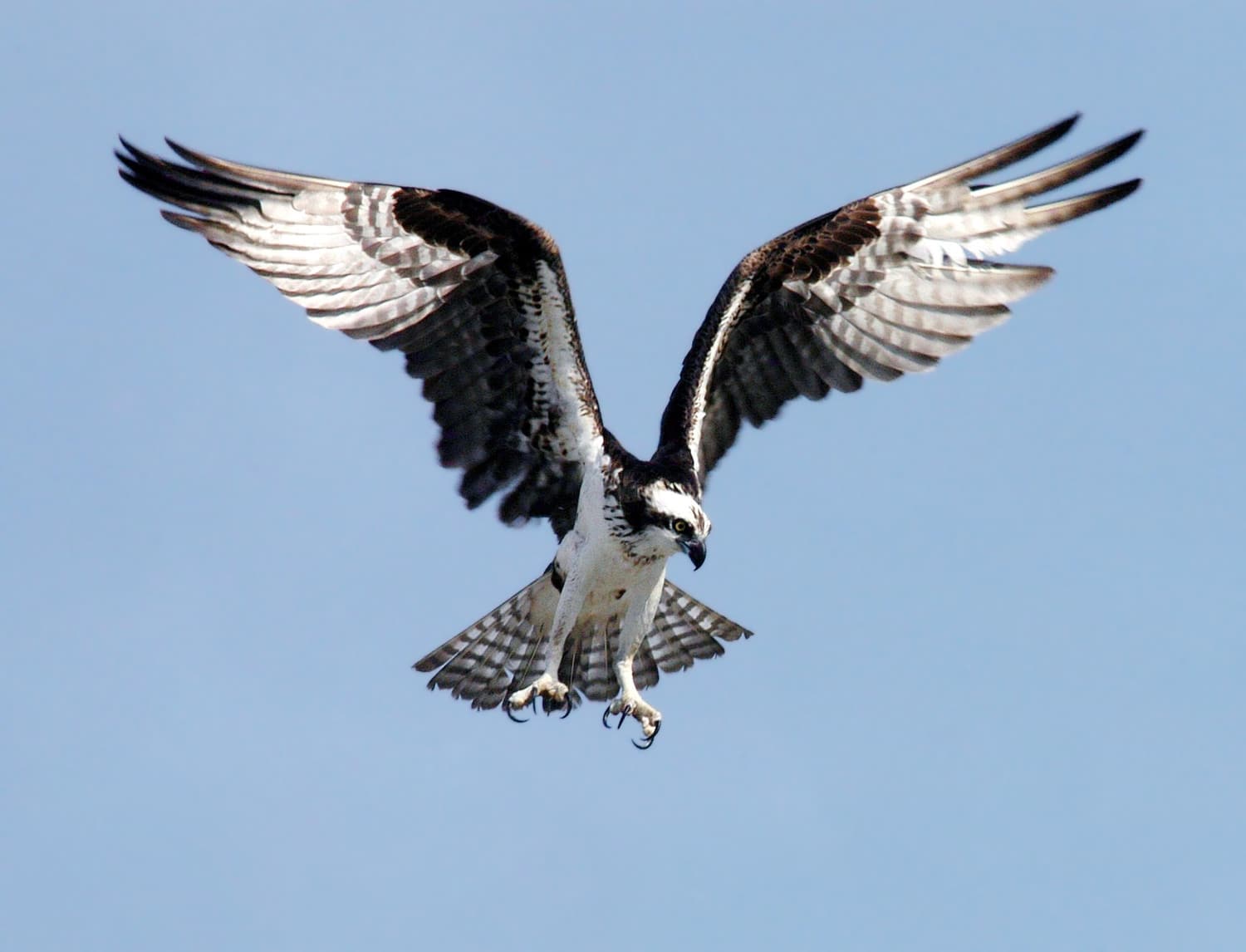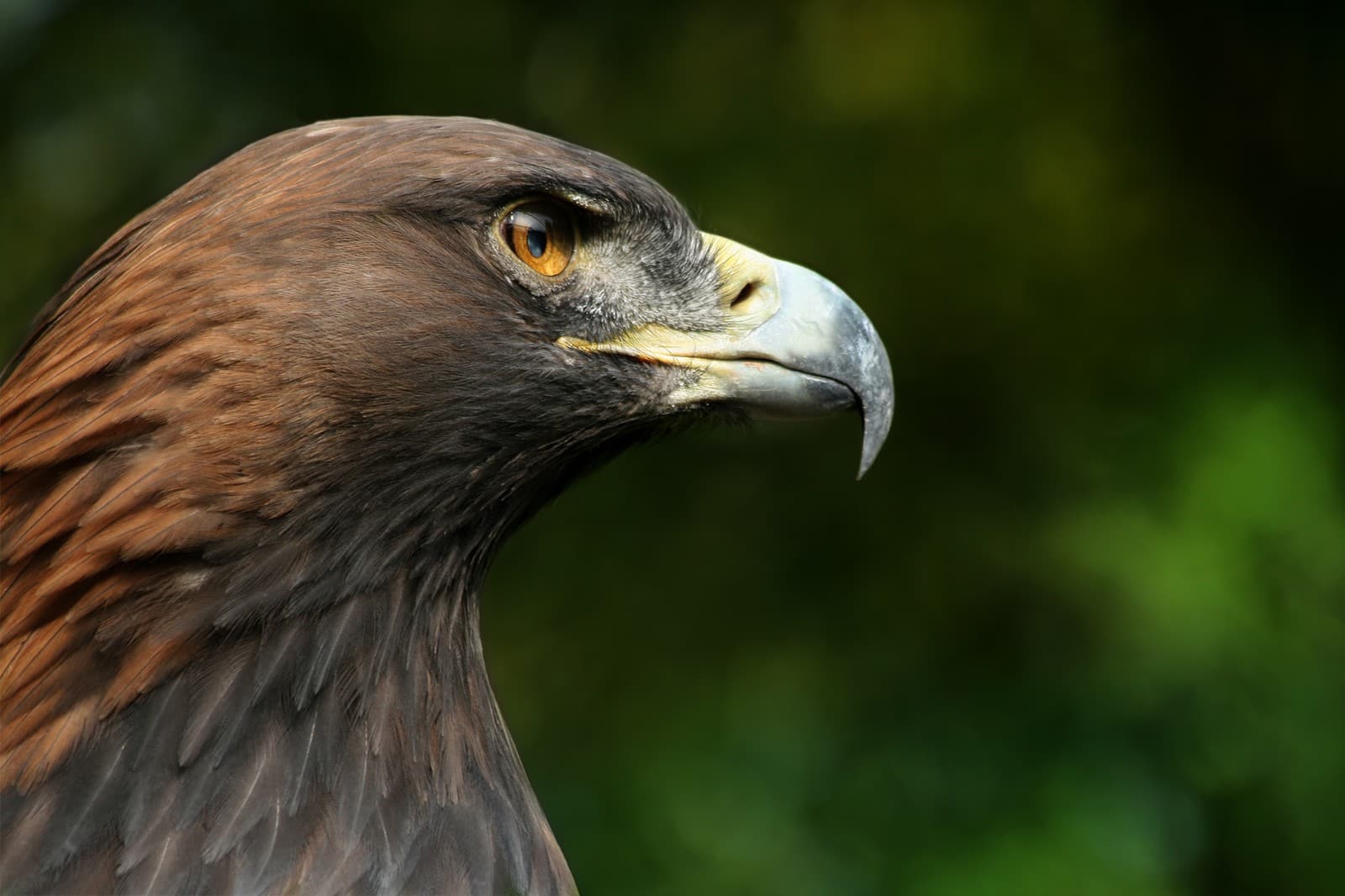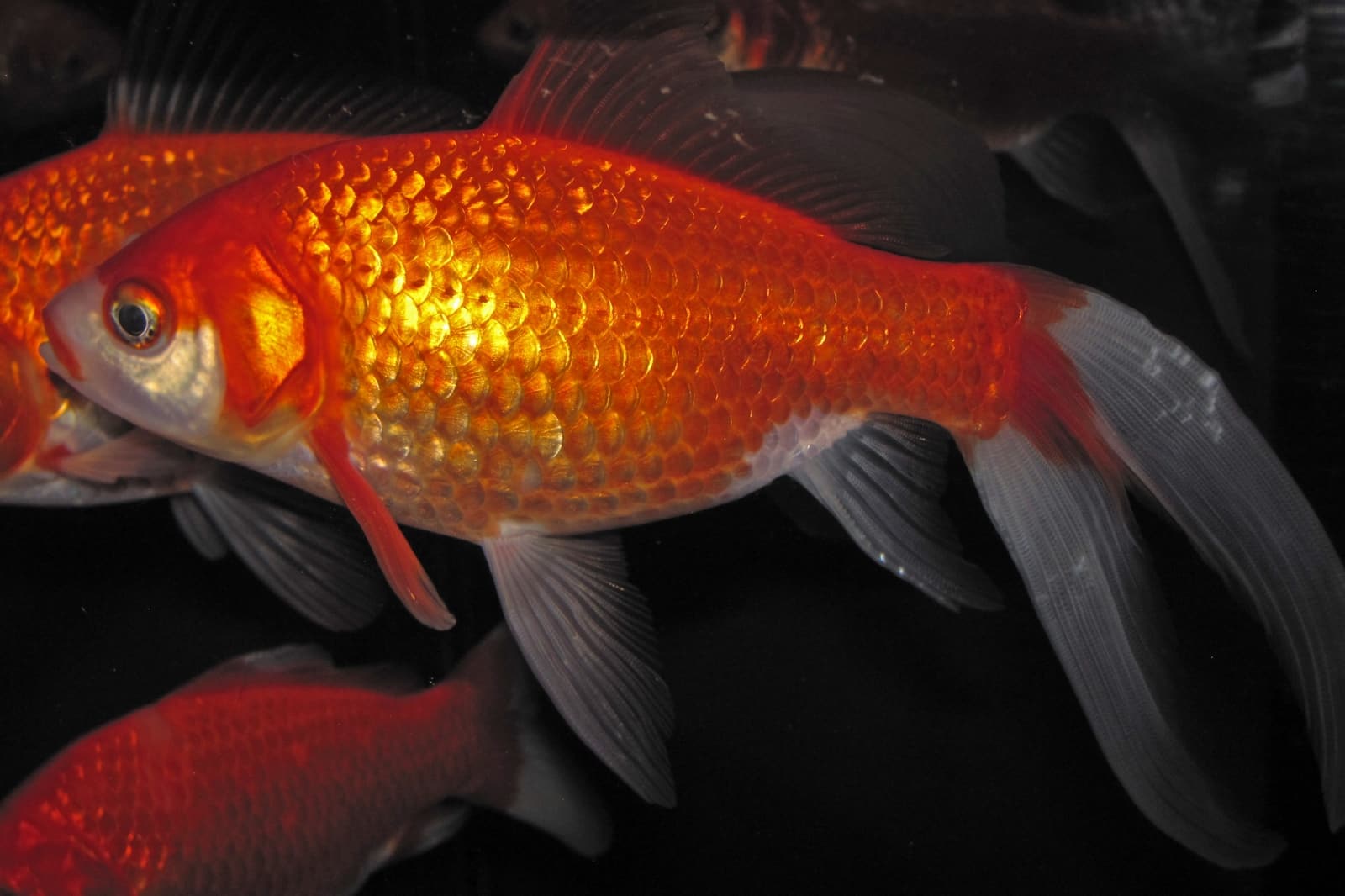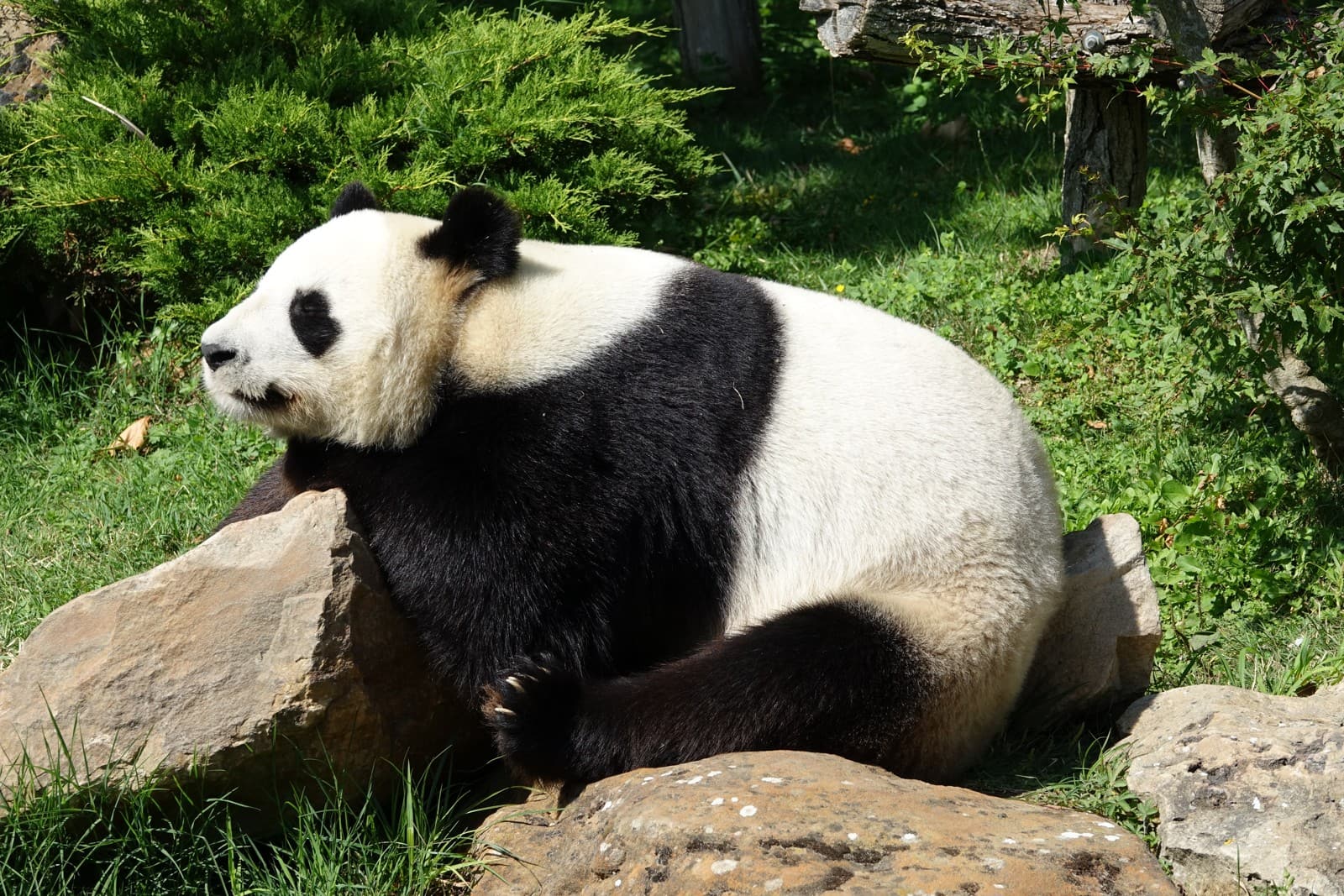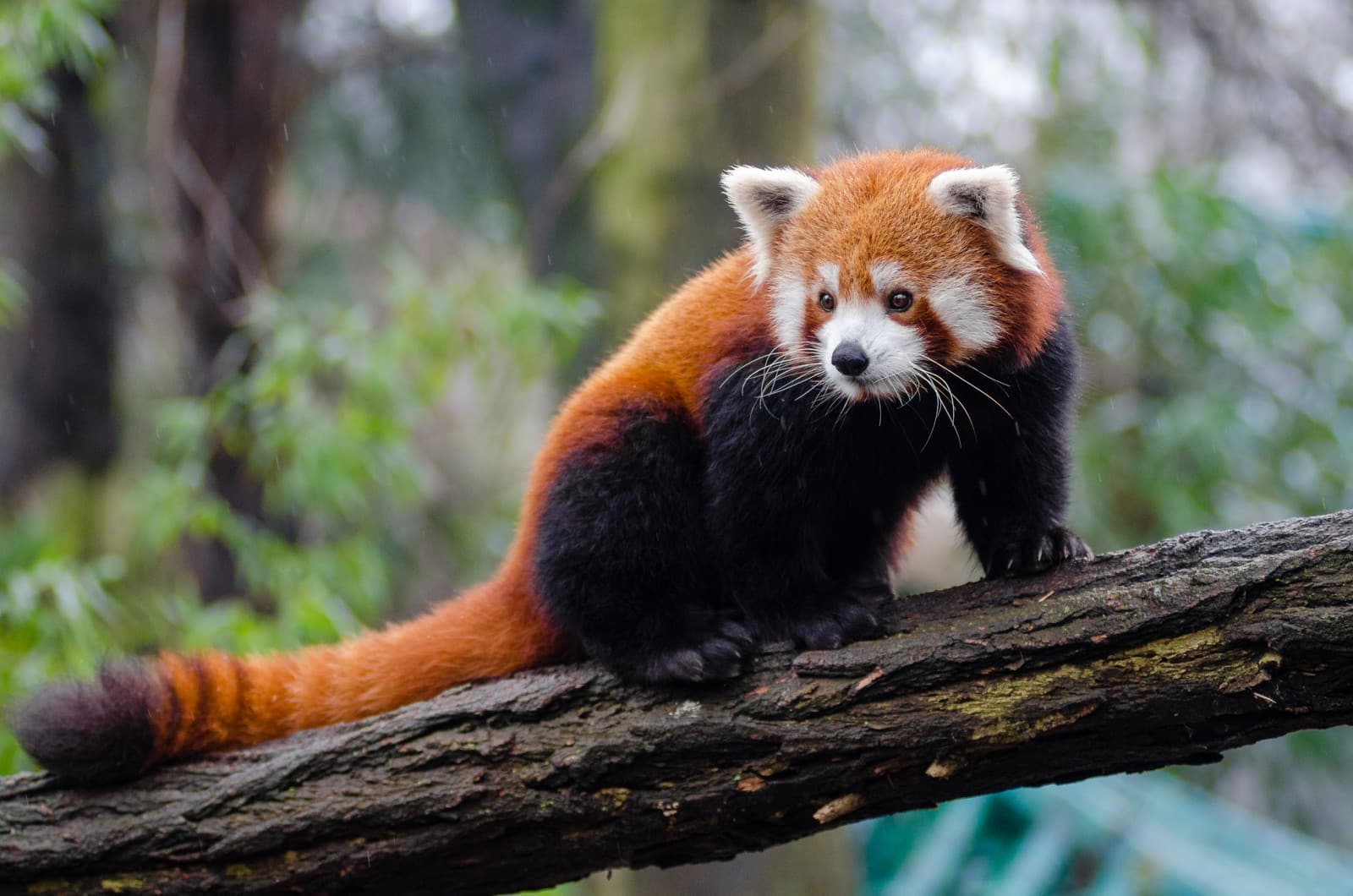Peacock vs Turkey: A Complete Comparison
When comparing peacocks vs turkeys, these two magnificent birds showcase nature’s diversity in courtship displays and physical characteristics. While peacocks dazzle with their iridescent train reaching up to 6 feet (1.8 meters) in length, wild turkeys impress with their own fan displays spanning 4.5 feet (1.4 meters) and distinctive head ornaments.
Despite both being large ground-dwelling birds known for their spectacular displays, peacocks and turkeys evolved separately on different continents, developing unique adaptations. Peacocks originated in South Asia, while wild turkeys are native to North America, leading to fascinating differences in their appearance, behavior, and survival strategies.
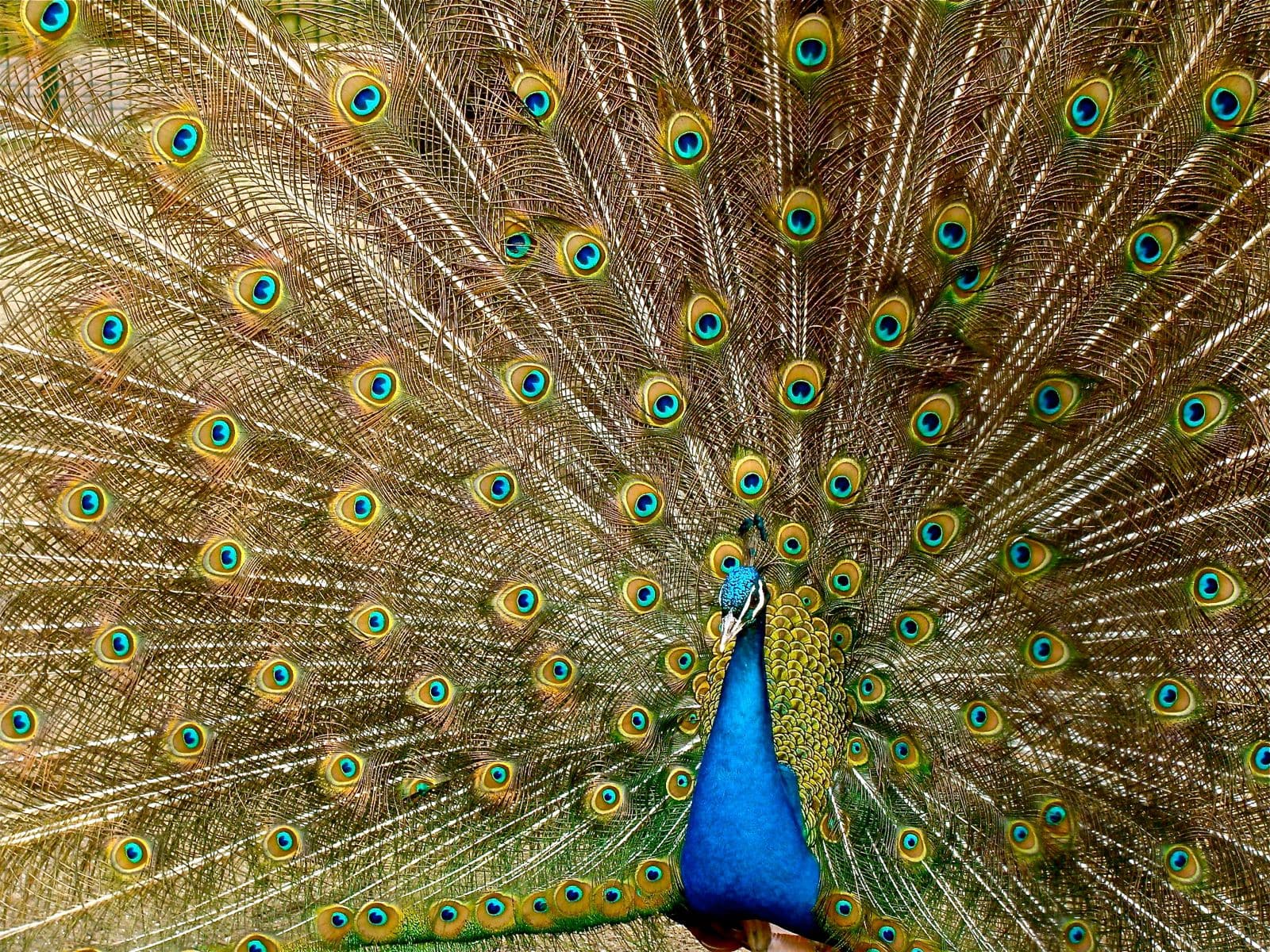
© Jebulon / CC BY-SA 3.0
The Indian Peacock demonstrates its iconic courtship display, showcasing the spectacular train of elongated upper tail coverts that has made these birds symbols of beauty across cultures.
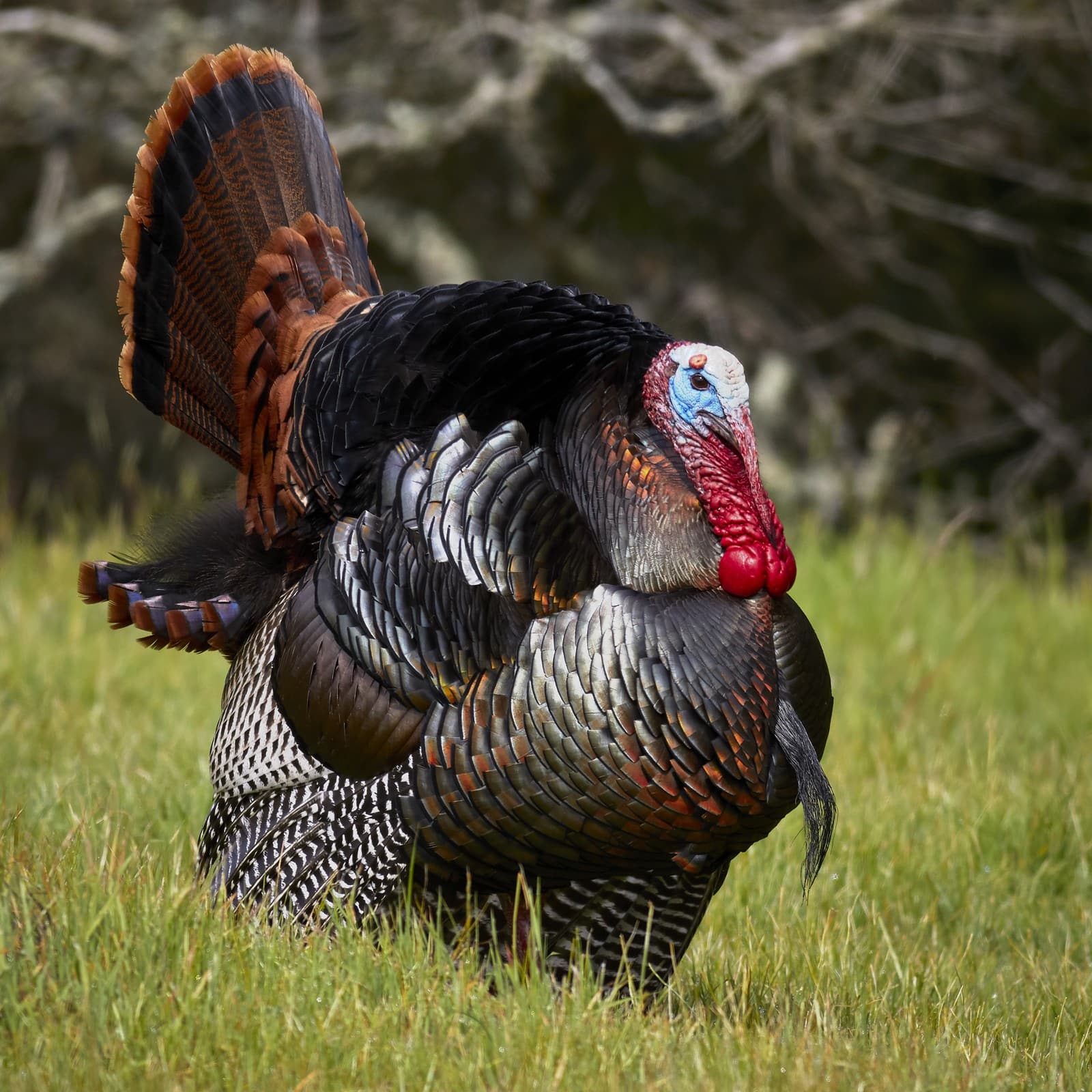
© Frank Schulenburg / CC BY-SA 4.0
A male Wild Turkey exhibits its own impressive courtship display, featuring the characteristic fan of tail feathers and distinctive head ornaments that play crucial roles in breeding success.
Key Differences: Peacock vs Turkey Comparison
| Feature | Peacock | Turkey |
|---|---|---|
| Size | 35-50 inches (89-127 cm) | 43-45 inches (109-114 cm) |
| Weight | 8-13 lbs (3.6-6 kg) | 11-24 lbs (5-11 kg) |
| Display Features | Iridescent train with eyespots | Fan-shaped tail, snood, and wattle |
| Natural Habitat | Tropical forests and savannas | Woodlands and grasslands |
| Diet | Omnivorous: insects, plants, small reptiles | Omnivorous: nuts, seeds, insects |
| Geographic Origin | South Asia | North America |
Habitat and Distribution
Peacocks and turkeys have evolved in distinctly different environments. Indian Peacocks thrive in the tropical and subtropical regions of South Asia, preferring forest edges and open woodlands. Wild Turkeys, conversely, inhabit various North American ecosystems, from dense forests to open grasslands, demonstrating remarkable adaptability across different climates.
Physical Characteristics and Display Behavior
While both species are known for their impressive displays, they employ different strategies. Peacocks use their magnificent train of up to 150 feathers, each adorned with iridescent eyespots, to attract mates. Turkeys, though less colorful, combine physical displays with unique vocalizations and their distinctive snood – an expandable appendage above the beak that changes color during courtship.
Diet and Feeding Habits
These birds share similar feeding patterns as ground-foraging omnivores, but with specialized adaptations:
-
Peacocks primarily consume:
- Insects and arthropods
- Seeds and grain
- Small reptiles and amphibians
-
Turkeys focus on:
- Acorns and nuts
- Berries and fruits
- Ground-dwelling insects
Who Would Win in a Confrontation?
In theoretical confrontations, wild turkeys generally have the advantage due to:
- Greater body mass (up to 24 lbs/11 kg vs peacock’s 13 lbs/6 kg)
- More aggressive territorial behavior
- Stronger legs adapted for fighting
- Natural predator defense instincts
However, both species typically avoid confrontation in natural settings, preferring to escape potential threats.
Conservation Status and Human Interaction
Both species face different conservation challenges:
- Indian Peacocks enjoy protected status in their native range
- Wild Turkeys have recovered from near-extinction through successful conservation efforts
- Both species adapt well to human presence but face habitat loss challenges
Breeding and Reproduction
The breeding strategies of these birds reflect their evolutionary paths:
-
Peacocks:
- Highly polygamous
- Males maintain display territories
- Females raise chicks alone
-
Turkeys:
- Form seasonal breeding flocks
- Males compete in groups
- Females nest on ground in hidden locations
Understanding the unique characteristics and behaviors of peacocks vs turkeys reveals how these magnificent birds have evolved to succeed in their respective environments, each developing spectacular but distinct strategies for survival and reproduction.
